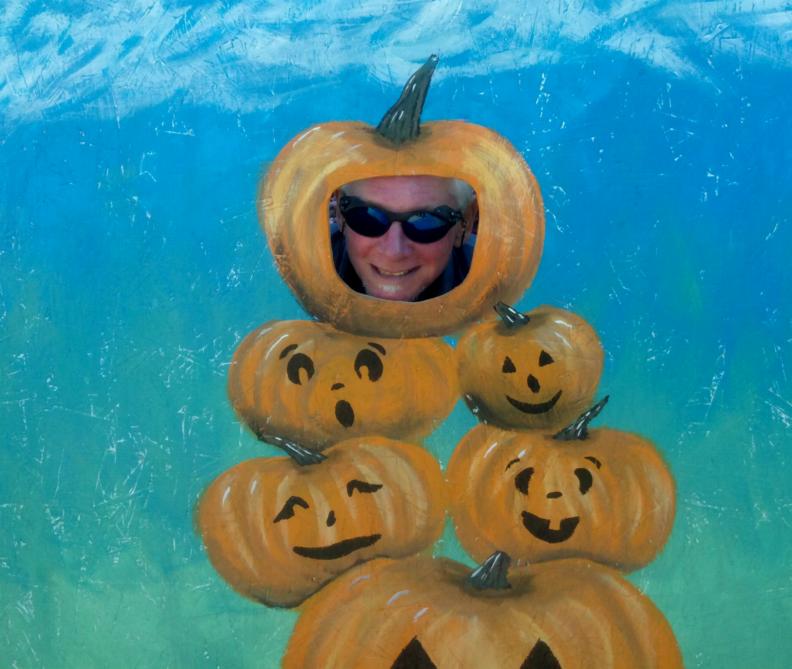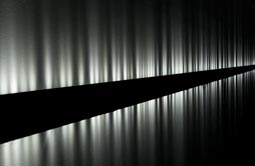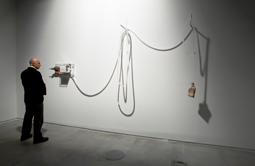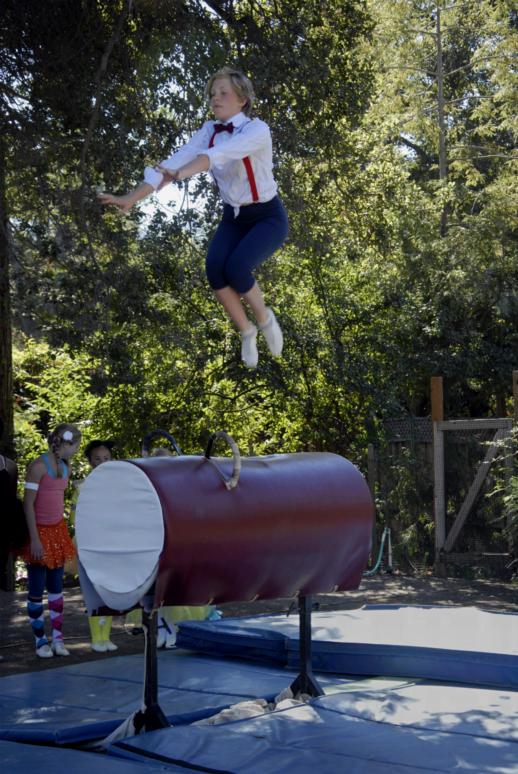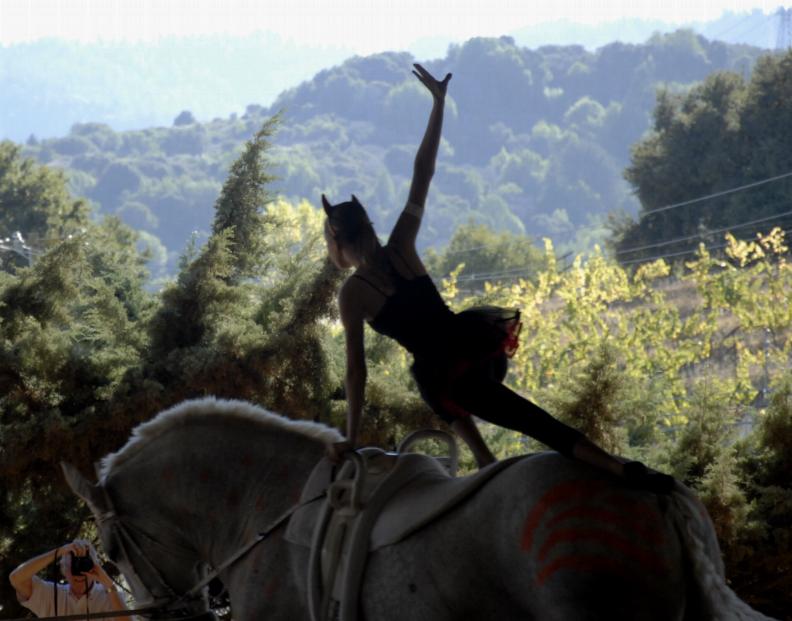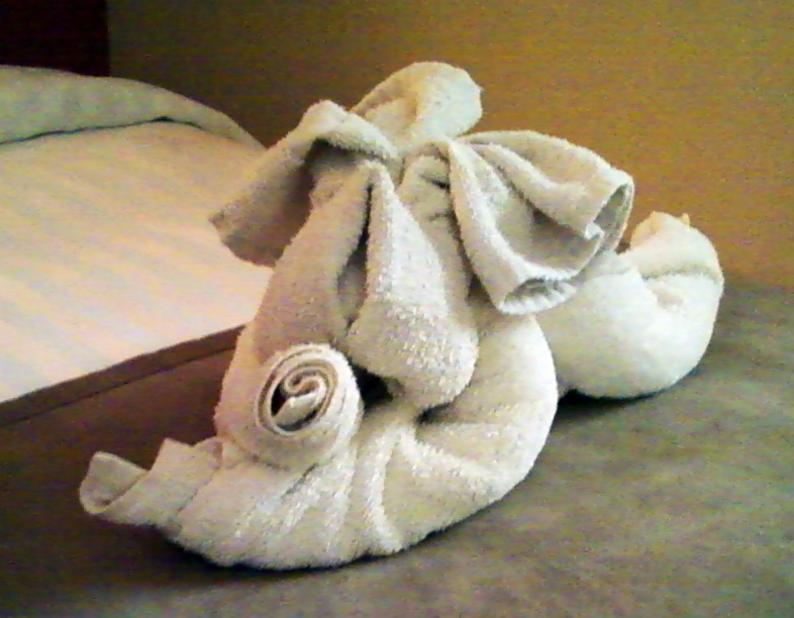In recent discussions about the respective roles of Art and Science in our culture I keep running up against He-Said/She-Said sorts of arguments about how each camp works. The first problem is that many people don't seem to have a clue about how anyone else actually works, so you get blanket statements like, "As a scientist, how can you claim to be creative when all you do is work with data?" Following from that, the second problem is that the putative categories are presented as being somehow Black and White rather than subtly shaded. And a third problem is that there are more than two categories... To which point I post this diagram:
 |
| Tetrahedron of Reality |
As a starting point I calve Engineering from Science (the oft mis-identified Technology) -- and Art -- and then add Philosophy as a separate discipline. Each of these nodal points is a particular mode of inquiry into the working of the world with its own processes, methods, and results. However, in practice, none of them are pure. As the impurest of the impure I put a little bricoleur bouncing around inside the space as needed or -- more likely -- at random.
I probably should include a node for Society, i.e., politics, economics, and social manipulation/persuasion, but A) I don't understand them; and, B) I can't draw a 5-space collapsed into two dimensions. Which is probably too bad because without Society you can't really do anything in the other modes modulo a trust fund. But so it goes.
In the spirit of twentieth-century management-think I also posit a set of cross-cutting dichotomies:
- Process -- Rational or Empirical (using the Cartesian meaning of both);
- Methods -- Logical or Fanciful (there must be a better opposite, no?);
- Results -- Theoretical or Physical (i.e., in the mind or in the world);
- Product -- Useful or Ephemeral (a practical thing or an entertaining idea?).
So one could have a Rational Process using Fanciful Methods with a Theoretical Result whose Product is Ephemeral, which might be a novel or most of post-modern philosophy. Or an Empirical Process using Logical Methods with a Physical Result whose Product is Useful, and get an iPhone. Maybe. Or change the Result to Theoretical and end up with the Large Hadron Collider...
Being grey areas, none of the modes has a lock on any particular set of cross-cuts, although some may be more likely candidates than others. I'm having a hard time imagining a Rational, Fanciful, Theoretical, Ephemeral Engineering project ... But that might be something for our bricoleur to try, eh?
Since the probability of anyone actually reading this is approximately 1::10
9 (one in one-billion), which is a factor of ten less likely than winning the lottery, I guess it doesn't matter. But if you made it this far, as an Empirical, Fanciful, Theoretical, & Ephemeral experiment, click one of the little
Reactions buttons down there so I know you were here.


